The Asset-Based Approach – What Does it Mean?
The asset-based approach values a company by focusing on its net asset value. In other words, what the enterprise owns minus what it owes. To reflect fair market value, assets and liabilities are adjusted from book figures to current market values before netting the two.
When to Use It
- It’s well suited for asset-intensive businesses. For example, companies with significant machinery or rolling stock, real estate or holding companies, and investment entities.
- It’s practical when earnings are negative or volatile and cash flows are too uncertain to support an income approach.
- Advisors often rely on it to value distressed or liquidating companies (orderly or forced liquidation scenarios).
- Because it anchors to observable values for assets and obligations, it reduces reliance on long-range forecasts and complex assumptions.
- The asset approach frequently complements the income approach when valuing going concerns for transactions, mergers, or strategic planning.
- It can also be paired with the market approach to benchmark against prices paid for comparable businesses.

A Step-By-Step Guide
Conceptually, net asset value equals total assets minus total liabilities. On a balance sheet, this is labeled “equity.”
Book values are influenced by depreciation and historical cost, which can diverge from what those assets would command in today’s market. Sometimes higher, sometimes lower.
Accordingly, material assets should be restated to fair value before computing net asset value.
Liabilities may also warrant adjustment, less frequently, but especially where contingencies, guarantees, or off-balance-sheet commitments exist.
This is How an Asset Based Valuation Works:
- Review the balance sheet to inventory assets and liabilities, noting working capital, fixed assets, and debt.
- Identify unrecorded intangibles that may be relevant (e.g., trademarks, patents, customer lists) even if they don’t appear on the books.
- Determine the fair market value of assets (tangible and, where appropriate, intangible) and adjust the balance sheet to reflect these values.
- Evaluate liabilities and commitments, including any contingent, off-balance-sheet, or restructured obligations, and adjust as needed.
- Subtract adjusted liabilities from adjusted assets to arrive at adjusted net asset value (ANAV)—the equity value under the asset approach.
Example
- A manufacturer buys 10 CNC machines at $120,000 each for a total of $1,200,000.
- The assets are depreciated under MACRS on a 7-year schedule; after seven years, book value is near zero.
- Comparable sales indicate each unit still trades around $30,000 on the secondary market (about 25% of original cost).
- If an appraiser relied on book value, they would miss roughly $300,000 of asset value (10 × $30,000) in the analysis.
That’s why an asset-based valuation should begin by normalizing the balance sheet to reflect current market prices for significant assets (and, where appropriate, liabilities).
Advantages & Disadvantages
The asset approach is attractive for its clarity and accessibility. Many assets and obligations can be traced directly to the balance sheet, providing a grounded starting point without elaborate projections.
However, relying on unadjusted book numbers can skew results. The work lies in properly restating assets and liabilities to fair market value and documenting those adjustments.
The Asset Approach Does Not Take Income Into Account
By design, the method does not capture earnings power, growth prospects, or risk-adjusted return. Treatment of intangible assets is case-by-case, and valuing them credibly can be complex.
Used alone, it fits situations where you need a quick floor value or when a company is expected to wind down and liquidate assets.
Useful Also in Combination With Other Methods
Its greatest strength emerges when paired with other approaches. Combined with the income approach (and, when relevant, the market approach), the asset method helps triangulate a business’s fair value with less speculation and better support.
Need an experienced valuation firm? Let’s talk.
We provide reliable business valuation in Florida and nationwide, including asset-based valuations. Every engagement is tailored. There is no “one size fits all” approach.
When you engage us, we select and apply the appropriate approaches based on your company’s facts and the assignment’s purpose. Contact us for a complimentary, no-obligation consultation.

